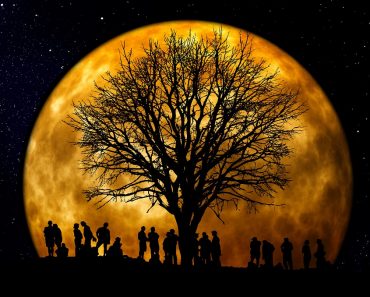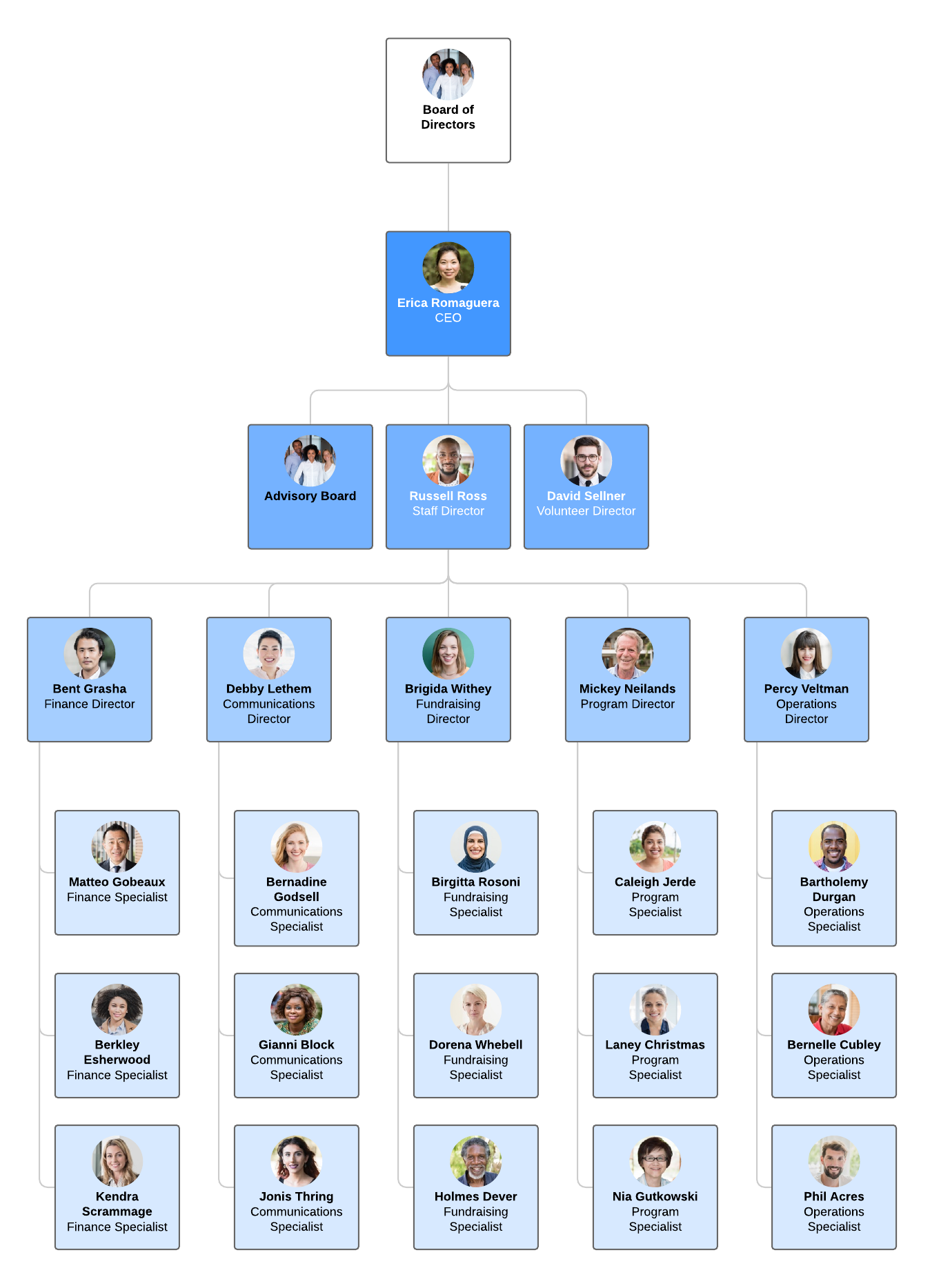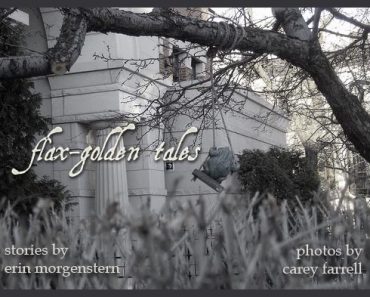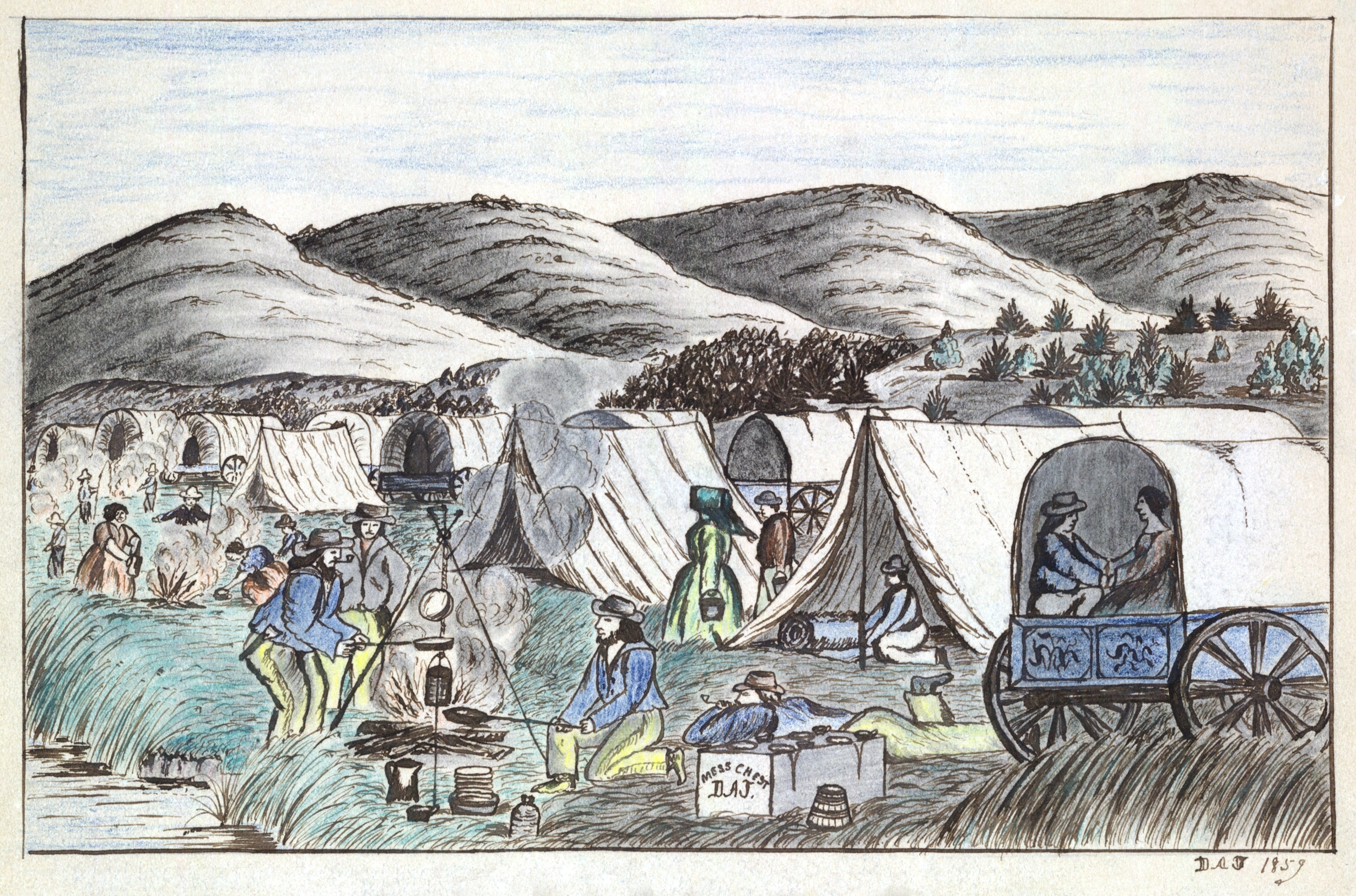Tribhuvan University
2074
Bachelor Level/ I Year/ Humanities Full Marks: 100
- English 311/ 301 Time: 3 hrs.
(For: Back Examinees only)
Candidates are required to give their answers in their own words as far as practicable.
The figures in the margin indicate full marks.
Eng. 311
Attempt all the questions.
Section “A”
- Answer any three of the following questions: [3×8=24]
a. What is the similarity and difference between Freudian psychoanalysis and Lacanian psychoanalysis?
b. Define New criticism and explain the concept of ‘text’ and ‘organic unity’.
c. How does structuralist criticism explain ‘the structure of narrative’ and the structure of literary interpretation?’
d. What do you understand by deconstructing language and deconstructing human identity? Explain.
2. Answer any TWO: [2×10=20]
a. Interpret the relationship between Great Gatsby and Daisy from psychoanalytic perspective.
b. Interpret the character of Tom Buchanan either from Transactional or subjective or social reader response theory.
c. As a woman character Myrtle is exploited emotionally and used as commodity. Review this statement from the Marxist perspective.
3. Interpret the following poem using New criticism or structuralism or feminist criticism: [16]
A Flower Amid the Mountain Rocks (Paharko Phul)
(Mohan Koirala)
Untroubled by dust and its location
Unborne, unsapped by tenderness, harshness,
a bud bursts open unseen,
unseen in a lonely place.
The smile on its soft, silken skin
is stolen away by the emptiness,
its beauty is lost before it arrives,
unknown hands rip out
the season’s joy:
a bud bursts open unseen
unseen in a lonely place.
Section “B”
- Why does Virginia Woolf use ‘tact’ in her essay as an important strategy and gives her own advice in the essay? Explain.
OR, [10]
In Plato’s dialogue “The Role of Women in the Ideal Society” Socrates makes a clear distinction between “discussion” and “contention.” Do you think this dialogue is in the form of discussion or contention? Give reasons.
- According to James Frazer, the phenomenon of scapegoating is found throughout history and practised in diverse cultures. Why is scapegoating so common? Give suitable reasons from “The Human Scapegoat in Ancient Greece.”
OR, [15]
What is ‘self expression’ in the view of Susan Langer and how is it related to ‘art’? (Expressiveness”)
- Simone de Beauvoir argues that the act of defining is different for men and women. What does it mean to define man as the ‘subject’ and woman as the ‘other’? How is the relationship between man and woman? (“Woman as Other”)
OR, [15]
Give sufficient and relevant ideas on the statement that Aristotle’s concept of tragedy is as meaningful today as it was in ancient Greece.
(“Tragedy”)
Eng. 301
Attempt All the questions.
- Write an essay on any ONE of the following: [15]
a. A Freeman’s worship
b. Uncertainties of knowledge
(“Twentieth Century Science and Technology”)
c. Theory of Depersonalization
(“Tradition and Individual Talent”)
- Answer any FOUR: [4×5=20]
a. What are Eliot’s views on the personal emotions of the poet?
(“Tradition and Individual Talent”)
b. What was Sisyphus’s attitude toward god’s?
(“The Myth of Sisyphus”)
c. What are the major features of Apollonianism?
(“Apollonianism and dionysianism”)
d. Is the modern labourer a revolutionary class? Give arguments for your answer.
(“The Communist Manifesto”)
e. What is the allegory of the cave meant to represent?
(“The Allegory of the Cave”)
3. Explain any THREE: [3×5=15]
a. The contemporary intellectual Milieu is riddled with tension, irresolution, and persplexity. (“The Post-modern Mind”)
b. Sisyphus is the absurd hero. If this myth is tragic, that is because its hero is conscious. (“The Myth of Sisyphus”)
c. The proletarians have nothing to lose but their chains. They have a world to win. (“The Communist Manifesto”)
d. The progress of an artist is a continual self-sacrifice, a continual extinction of personality. (“Tradition and Individual Talent”)
4. Write a brief story of “The Crucifixion of Jesus” or “Echo and Narcissus.” [12]
5. Write short notes on any TWO: [8]
a. Orpheus and His Lyre
b. The Cyclops
c. Osiris and Isis
d. Song of Roland
6. Write short notes on any THREE: [3×5=15]
a. Structuralism
b. Tragedy
c. Setting
d. Modes of discourse
7. Make a critical analysis of the following passage: [15]
There remains to define this process of depersonalization and its relations to the sense of tradition. It is in this depersonalization that are may be said to approach the condition of science. I therefore, invite you to consider, as a suggestive analogy, the action which takes place when a bit of platinum is introduced into a chamber containing oxygen and sulphur dioxide.

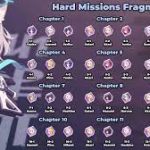
 - [Resolving the Adventure Not Found Error in For the King 2](#) - [Understanding the Purpose of the Hardwork Skill in For the King 2](#) Upon liberating the prisoner from the cart in The Resistance chapter, the world unfurls for exploration. Roam the area until you chance upon an overturned wagon distinct from the prisoner cart, nestled in the Foothills area of the map. Should the wagon remain elusive, lean on Vision Scrolls or Find Distance items, available in town shops, dropped by enemies, or carried by specific characters such as the Scholar. Employ these tools to meticulously scrutinize the Foothills. Continue your exploration of the Foothills until you stumble upon the broken wagon. Once uncovered, assign any of your party members to investigate – no battle ensues, sparing your entire party from involvement. A notification will prompt you to the exact location of the Bandit Camp, where Hildegard's husband is being held captive. Liberate him from the camp to successfully fulfill this objective. These are the crucial steps to unraveling the mystery of Hildegard's husband in For the King 2. If you found this guide beneficial, consider exploring our diverse range of other informative guides.](https://meropaper.com/wp-content/uploads/2024/01/for-the-king-2-hildegard-husband-cart2-150x150.webp)




